You’ve probably spent countless evenings with your cat curled up beside you, that gentle rumble vibrating through their body while you stroke their soft fur. Most people assume that sound means one thing: contentment. Pure, simple happiness. Honestly, it’s what we’ve all been told for years.
Here’s the thing though. Science is now revealing something far more fascinating about your cat’s purr. That soothing sound you’ve grown to love carries secrets that challenge everything you thought you knew about feline behavior. Your cat isn’t just expressing joy when they purr. They’re doing something far more complex and, frankly, kind of mind-blowing.
The Myth We’ve All Believed About Purring
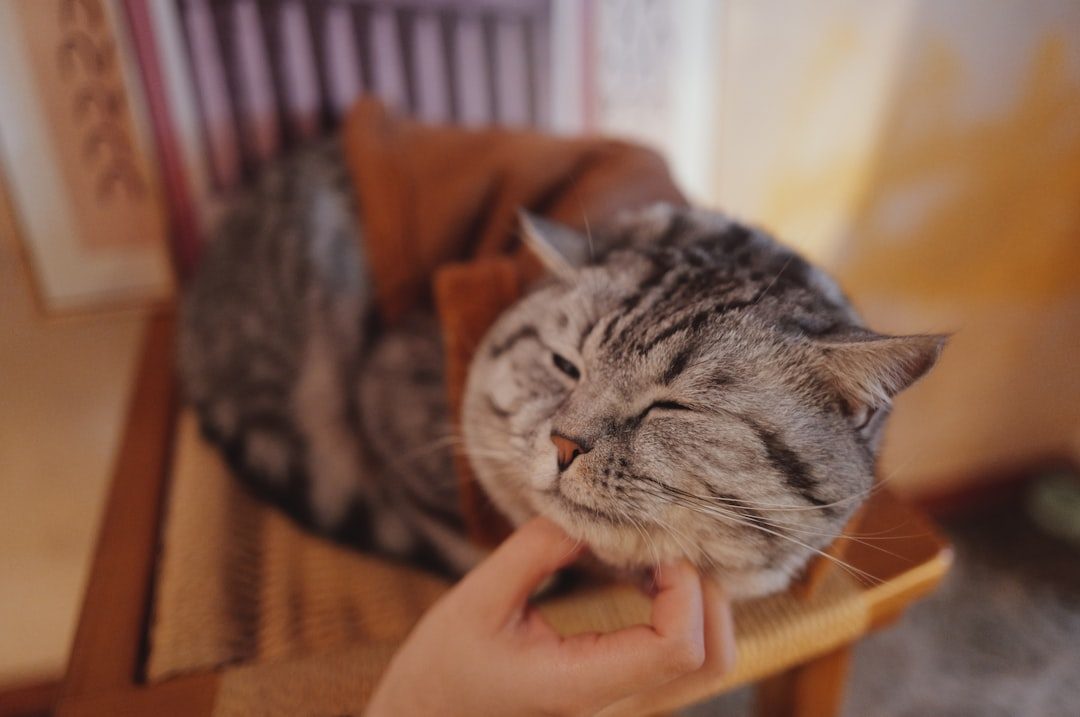
Let’s be real for a second. Most people interpret the purr as one of contentment, and pet owners worldwide have assumed for generations that a purring cat equals a happy cat. It’s become such common knowledge that we rarely question it. You hear that rumble, you think everything’s perfect in your cat’s world.
Cats often purr while under duress, such as during a visit to the veterinarian or when recovering from injury, and not all purring cats appear to be content with their current circumstances. That assumption you’ve held onto? It’s only part of the story. Your cat’s purring during stressful moments should make you wonder what else is really going on beneath the surface.
When Cats Purr During Pain and Injury
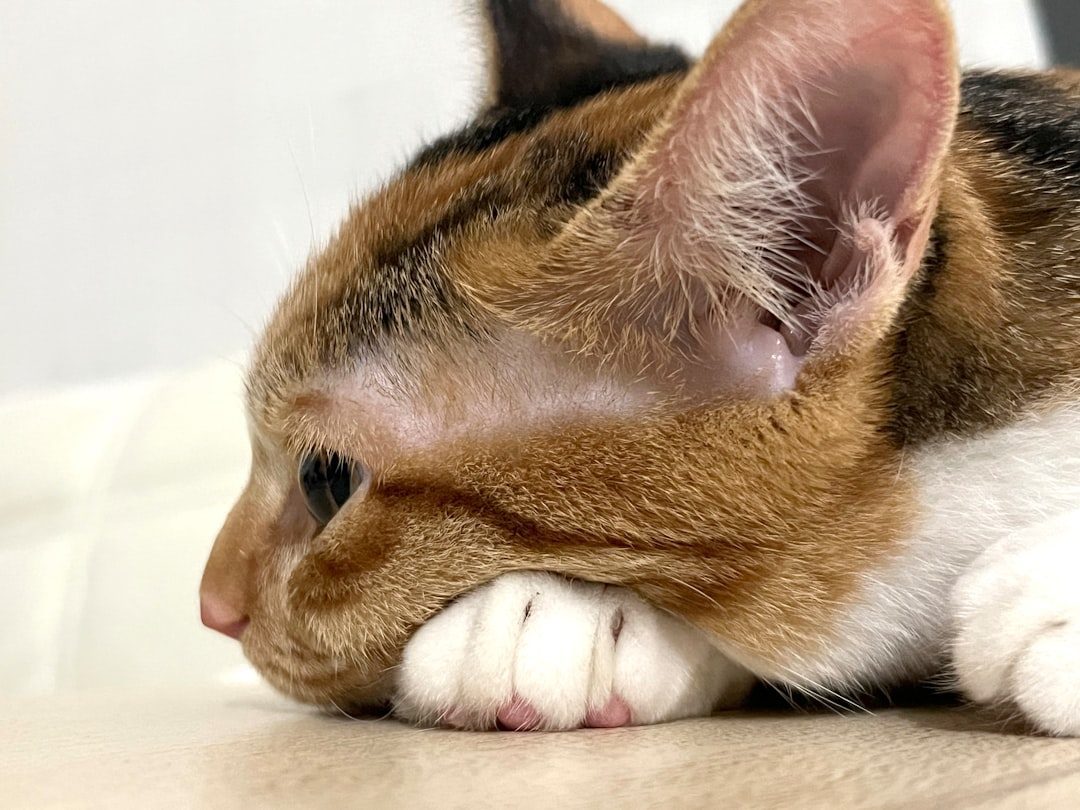
This might surprise you, or even worry you a bit. Cats often purr while under duress, such as during a visit to the veterinarian or when recovering from injury. Think about that for a moment. Your cat might be lying there, injured and uncomfortable, yet still producing that familiar sound you associate with happiness.
When cats are injured or in pain, they will sometimes purr, and it’s thought that it’s a kind of self-medication. Mother cats even purr while in labor. The purr you’re hearing might actually be your cat’s attempt to comfort themselves through something difficult. It’s less about broadcasting joy and more about internal coping, which honestly makes the whole behavior far more intriguing than we ever imagined.
The Healing Power Hidden in Those Vibrations
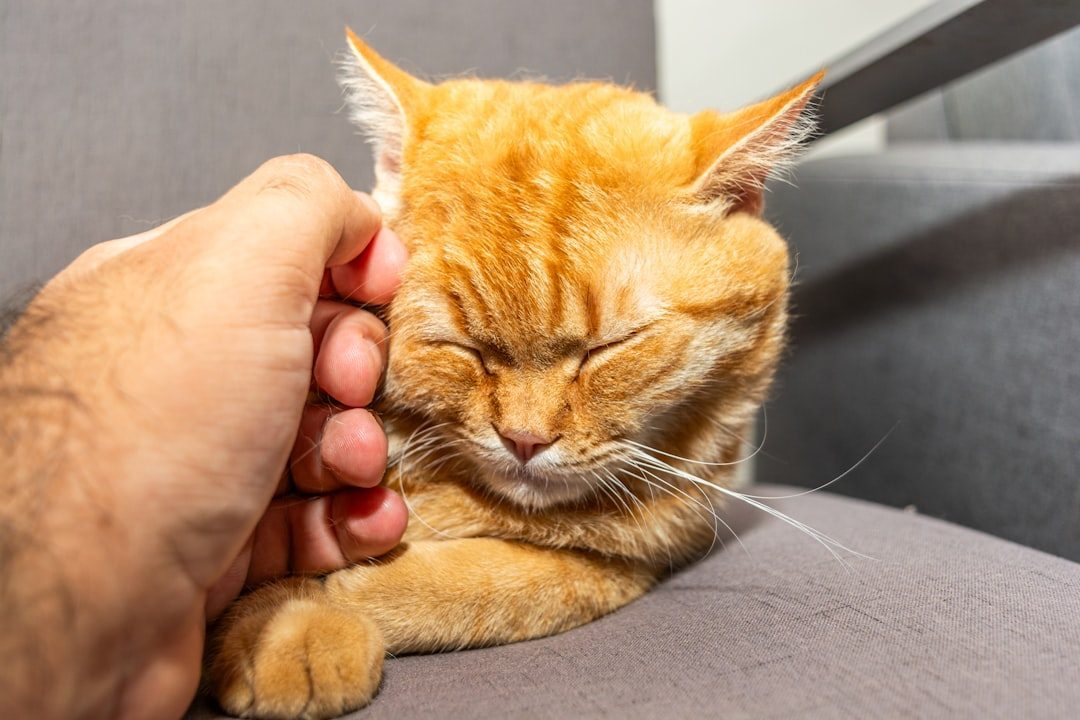
Researchers had puzzled over how cats manage to generate the low-frequency vocalizations, typically between 25 and 150 hertz, involved in purring. Those specific frequencies aren’t random noise. Sound frequencies in this range can improve bone density and promote healing.
Your cat’s body might have evolved a built-in healing mechanism. The same frequency has been shown to aid in the healing of broken bones, joint and tendon repair, and wound healing. I know it sounds almost too remarkable to be true. The vibrations generated when your cat purrs could actually be stimulating their muscles and bones, encouraging tissue repair while they rest. It is possible that purring is a low energy mechanism that stimulates muscles and bones without a lot of energy, which would explain why cats, who spend so much time sleeping and conserving energy, developed this particular adaptation.
Purring as a Self-Soothing Survival Strategy
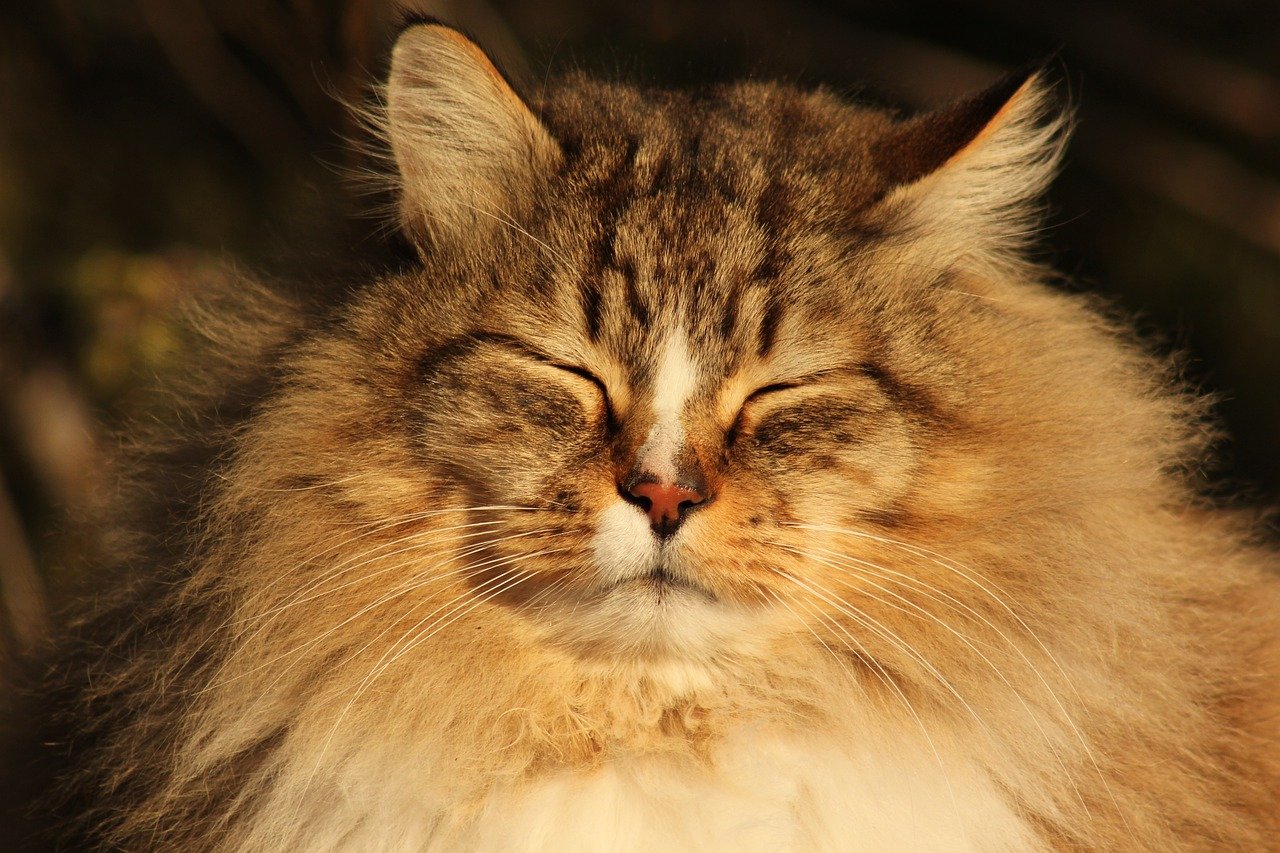
While it isn’t as common as happy purring, cats do purr when they are nervous or stressed. Your cat at the veterinary clinic, trembling slightly but purring? They’re likely trying to calm themselves down. Purring acts as a self-soothing behavior, and it’s believed that purring helps cats to calm themselves in stressful or painful situations.
Think of it like when humans take deep breaths during anxiety. When cats purr under stress, they’re activating a natural self-soothing mechanism involving rhythmic contractions of the laryngeal muscles, creating vibrations between 25 and 150 Hertz, and this frequency range has therapeutic properties that can help cats manage stress and promote healing. Cats may have stumbled upon an evolutionary advantage: a way to help themselves feel better that costs them almost nothing energetically.
The Solicitation Purr That Manipulates You
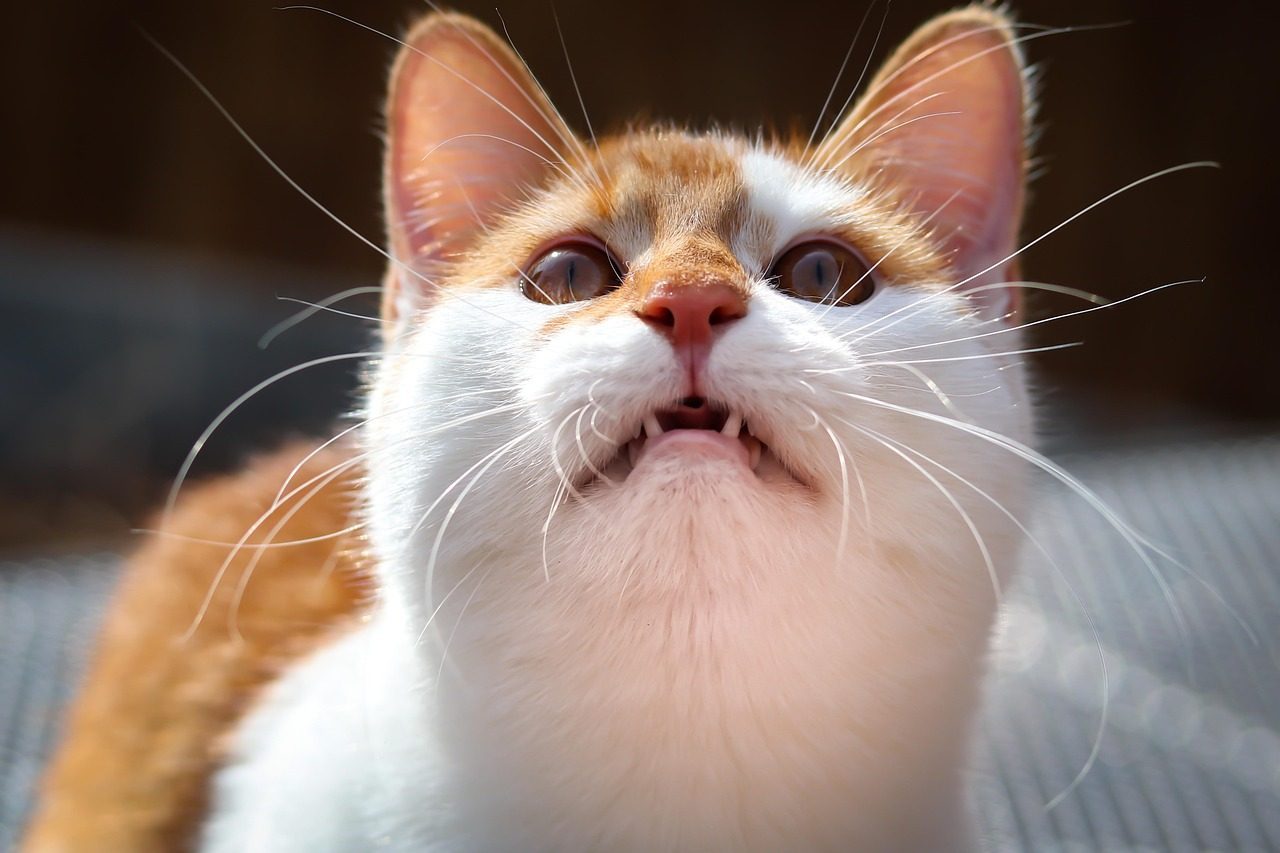
Here’s where things get fascinating in a slightly sneaky way. A solicitation purr is a specific type that includes a high-frequency element, similar to a baby’s cry, designed to grab the attention of people and elicit a response, such as feeding. Your cat has basically figured out how to push your buttons.
Food soliciting purrs were also perceived as more urgent and less pleasant-sounding by humans. You’ve probably noticed this yourself without realizing it. That slightly more insistent, higher-pitched purr right before mealtime? Your cat isn’t just hungry. They’ve learned to modify their purr to make it harder for you to ignore. Cats have essentially trained us to respond to a sound frequency that triggers our caregiving instincts. Pretty clever, honestly.
The Mystery of How Cats Actually Produce the Sound

Scientists have debated the mechanism behind purring for decades. For 50 years, purring was believed to be produced by a physiological mechanism that is an exception to the rule. The old theory suggested cats were actively contracting muscles roughly 30 times per second.
Recent research changed that understanding. The organs produced purr-like sounds simply by blowing air through them without any muscle contractions, and cats’ vocal cords were vibrating similarly to how human vocal cords vibrate while producing the vocal fry sound. Cats may be able to produce low purring sounds thanks to pads of tissue attached to their vocal cords which may help the cords vibrate at much lower frequencies. Your cat’s larynx might literally be built to purr, with special anatomical adaptations that make this unique sound possible.
Communication Tool Beyond Simple Emotion
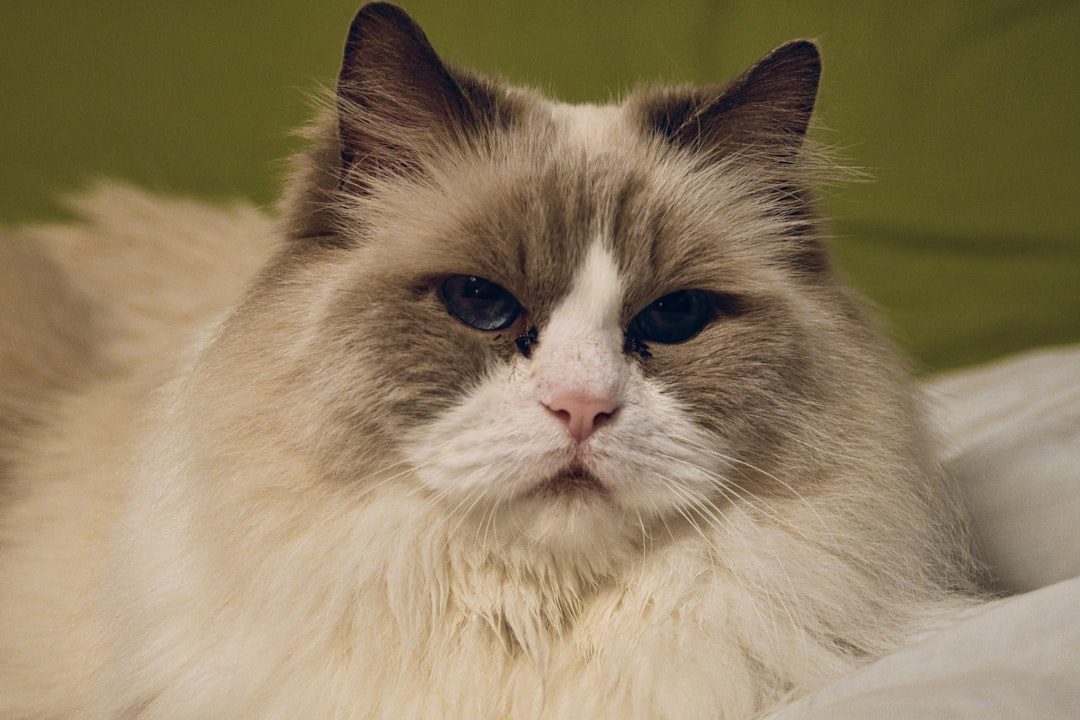
Kittens learn how to purr when they are a couple of days old, and this purring tells Mom that they are okay and indicates a bonding mechanism between kitten and mother. From birth, purring serves as a communication channel that goes way beyond expressing a single emotion.
A cat may purr to solicit food or attention from their owner, and in multi-cat households, purring can serve to communicate with other cats, such as indicating a desire to play or signaling non-aggression. Your cat uses different purrs in different contexts, adjusting the sound based on what they need to convey. It’s a multi-purpose vocalization tool that cats have refined through thousands of years living alongside humans and other cats.
What This Means for You and Your Cat
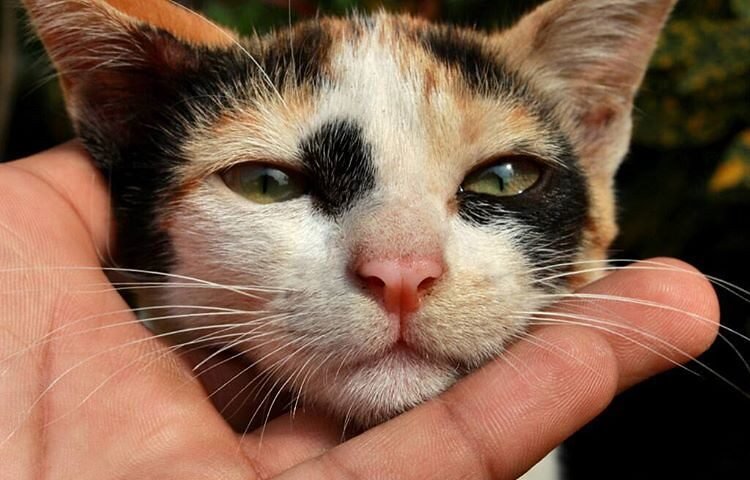
Understanding that purring isn’t just happiness changes how you should interpret your cat’s behavior. Cats can purr when they are happy, but they can also purr if they’re anxious or not feeling well, so look at the cat’s body language to determine the cause. Pay attention to the context. Is your cat relaxed with half-closed eyes? That’s probably contentment. Are they tense, hiding, or showing other signs of distress while purring? Something else might be going on.
If your cat is purring while also acting differently, speak to your vet to be on the safe side, and a cat purring for what seems like no reason might merit a veterinary clinic visit. Your cat’s purr is a window into their physical and emotional state, but you need to look at the whole picture. Body language, situation, and behavior patterns all matter when decoding what your cat is really trying to tell you.
Conclusion
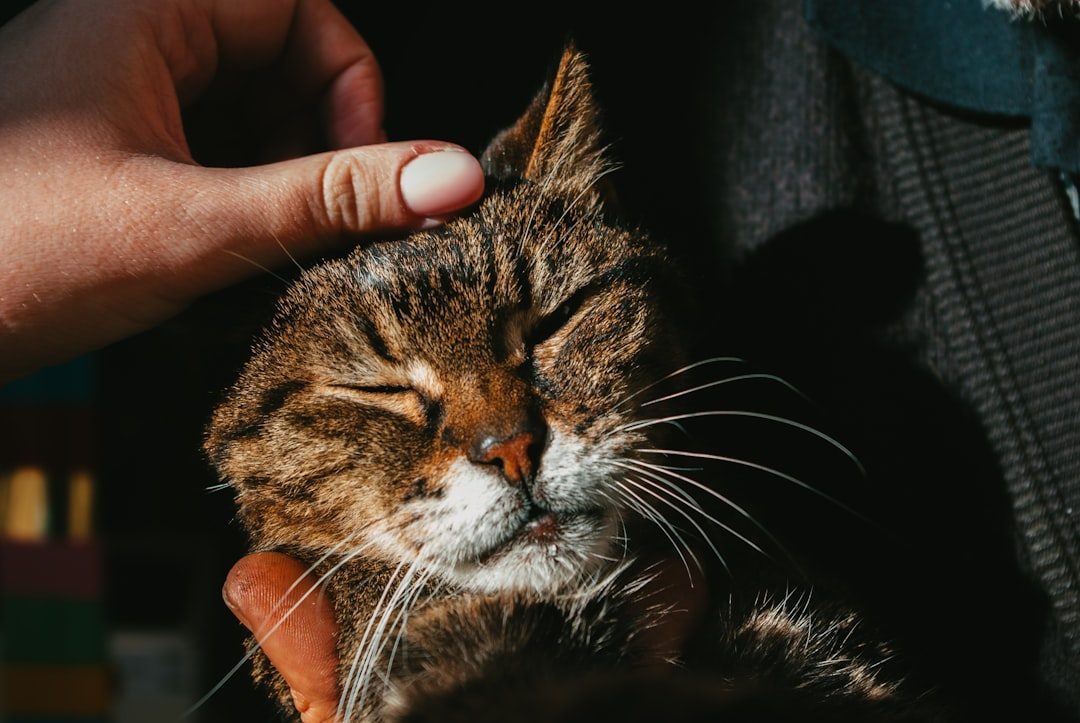
Your cat’s purr is so much more than background noise or a simple happiness indicator. It’s a sophisticated biological tool that serves multiple purposes: self-healing, stress management, communication, and yes, sometimes manipulation. The next time you hear that familiar rumble, take a moment to consider what your cat might actually be experiencing or trying to achieve. Are they content? Healing from something? Asking for dinner in the most effective way possible?
The purr reveals just how complex and remarkable cats really are. They’ve developed a mechanism that costs them minimal energy yet provides maximum benefit, from promoting bone growth to calming their nerves to getting you to fill their food bowl faster. Did you expect that something so simple-sounding could be so incredibly multifaceted? What do you think your cat is really saying the next time they purr?





